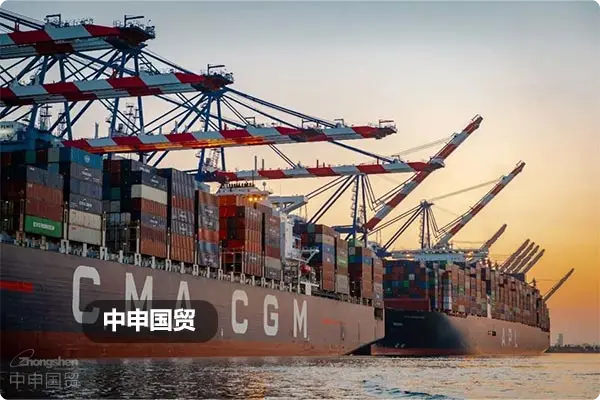- Shanghai Zhongshen International Trade Co., Ltd. - Two decades of trade agency expertise.
- Service Hotline: 139 1787 2118

Contents
ToggleImport RepresentationIn-depth verification of merchant qualification for access
Customs recordal qualification is the basic threshold, but attention is required.Import License for Mechanical and Electrical ProductsDiscrepancy in processing capability. It is recommended to focus on verifying:
- Whether it possesses expertise in specific industriesEquipment ImportsExperience (e.g.,Medical EquipmentExperience in handling CFDA certification documents required)
- Abnormal customs clearance records in the past three years (verifiable via Customs AEO certification level).
- Proportion of Professional and Technical Personnel (Customs Declarers, Electromechanical Engineers, Foreign Language Talents Allocation)
Effectiveness Verification of Global Service Network
Equipment import involves multi-country logistics coordination, with a key focus on evaluating agents:
- Overseas customs clearance cooperation network coverage rate (especially in the country of origin of the equipment)
- Commitment to Emergency Handling Timeliness (e.g., Destination Port Demurrage Guarantee Mechanism)
- Special transportation resources (ISO 17025 certified carriers required for precision instrument transportation)
The triple safeguard of the risk control mechanism
There are risks of technical trade barriers in the import of precision equipment, and high-quality agents should provide:
- Supplier prequalification mechanism (verification of the authenticity of CE/FCC certification for equipment manufacturers)
- Dutiable Value Calculation System (Supporting Documentation Package for Responding to Customs Valuation Queries)
- Quality Dispute Resolution Plan (Including Third-Party Inspection Agency Involvement Process)
Quantitative comparison standards for customs clearance efficiency
In accordance with the 2025 reform direction of the General Administration of Customs, it is recommended to require agents to commit to:
- Standard customs clearance time ≤ 3 working days (excluding inspection cases).
- Document pre-review and amendment response time ≤2 hours
- Dispute Classification Resolution Case Library (Including Successful Reconsideration Cases from the Past Three Years)
Innovative Practices in Tax Planning
Professional agents should be able to provide:
- Free Trade Agreement Tariff Application Plan (e.g., Machinery Product Tariff Reduction Path under RCEP)
- Guidance on Itemized Declaration of Equipment Components (Rational Utilization of Tariff Differences for Parts and Components)
- Management Plan for Tax Credit Carryforward (Tax Optimization for Large Equipment Imported in Installments)
The Value Extension of Supplier Resources
Top-tier agents typically possess:
- Direct procurement channel from equipment manufacturers (verifiable manufacturer authorization documents)
- Localization capability for technical documentation (including compliance documents for the EU Machinery Directive 2006/42/EC)
- After-sales service system (cross-border maintenance coordination, expedited customs clearance channel for spare parts)
Decision Tool: Agent Evaluation Matrix Table
- Basic Dimensions (40% weight)
- Customs Credit Rating (Category AA, 15 points)
- Industry Case Matching Score (10 points)
- Professional Dimension (60% weight)
- Document error rate ≤0.5% (15 points)
- Completeness of technical documents (20 points)
A semiconductor company utilized this evaluation system to screen agents, achieving a 40% reduction in equipment import clearance time, a 65% decrease in port demurrage costs, and successfully avoiding a 1.2 million RMB administrative penalty risk due to incorrect HS codes. It is recommended that enterprises establish a dynamic evaluation mechanism, updating supplier ratings quarterly to ensure continuous optimization of agency services.
Related Recommendations
? 2025. All Rights Reserved. Shanghai ICP No. 2023007705-2  PSB Record: Shanghai No.31011502009912
PSB Record: Shanghai No.31011502009912










